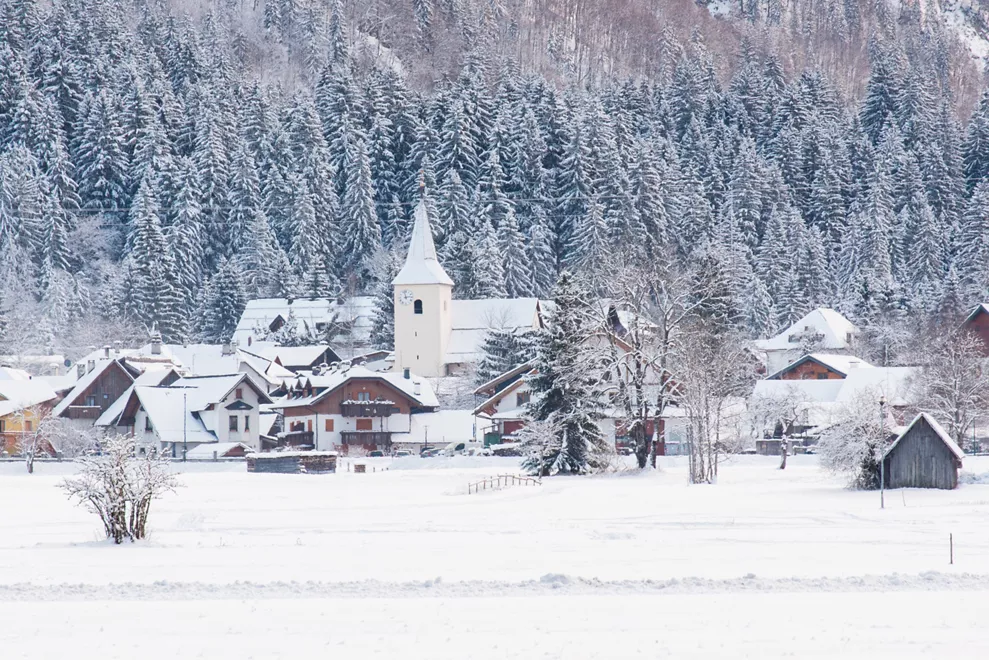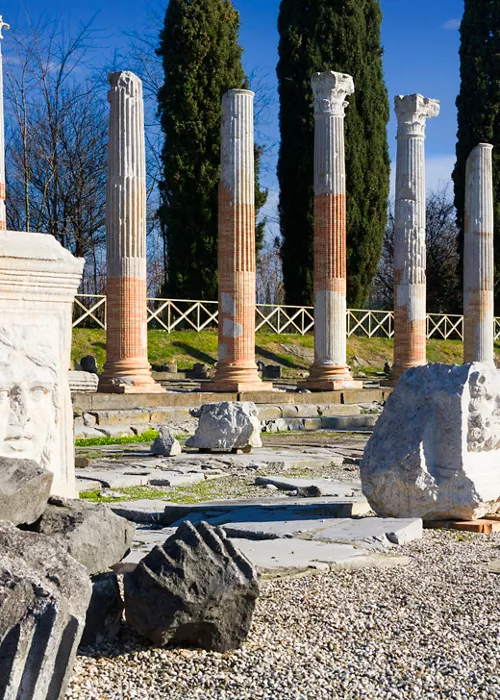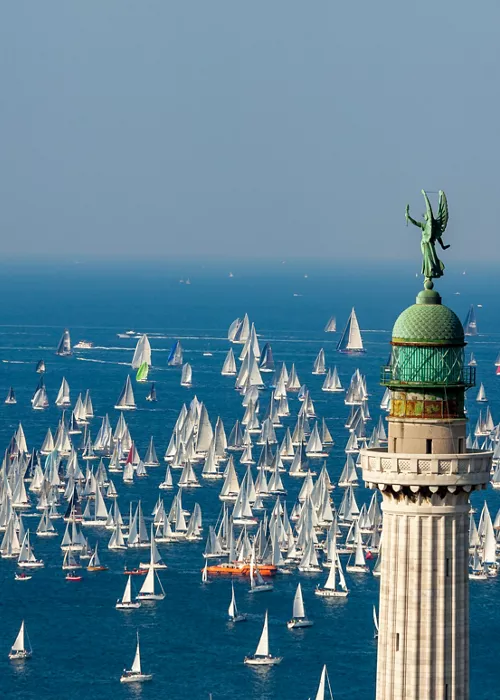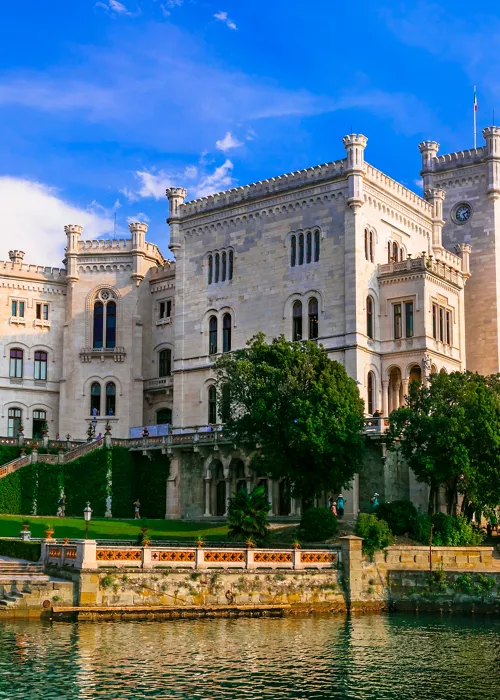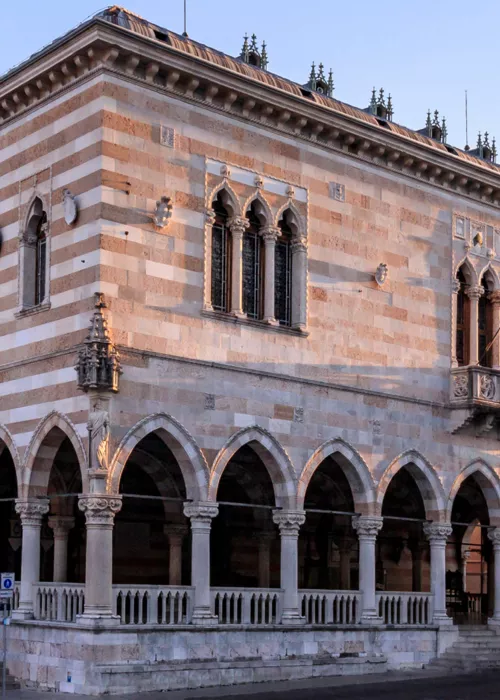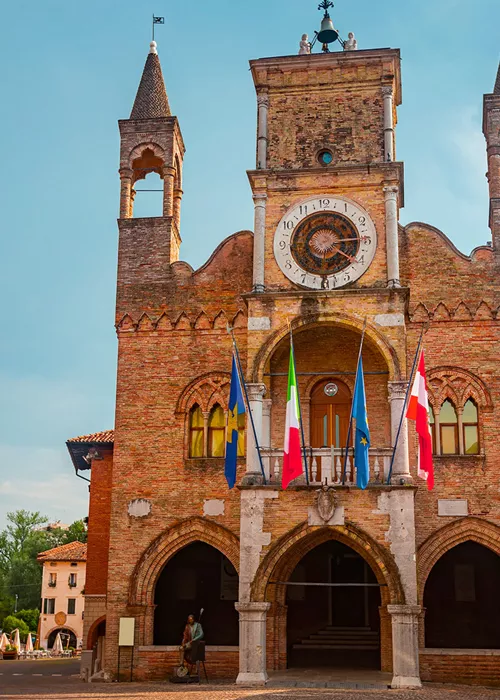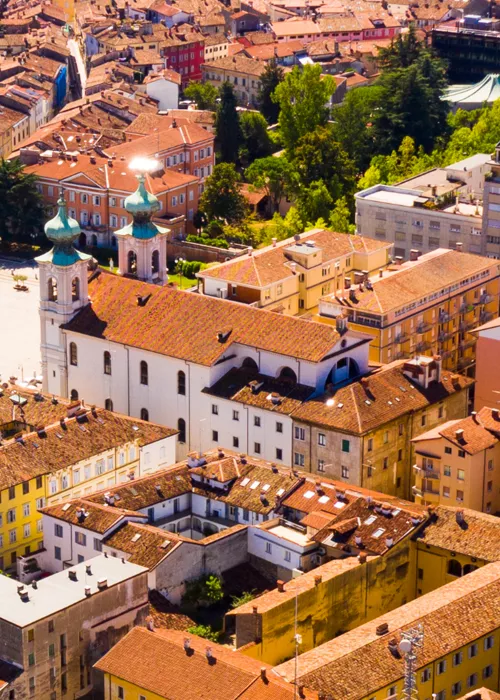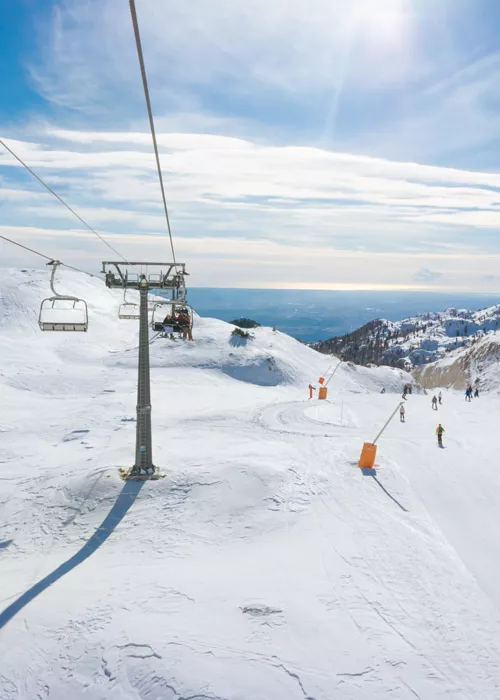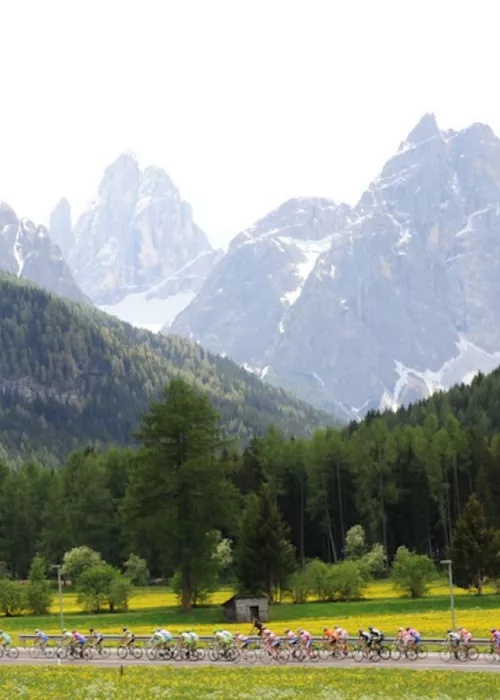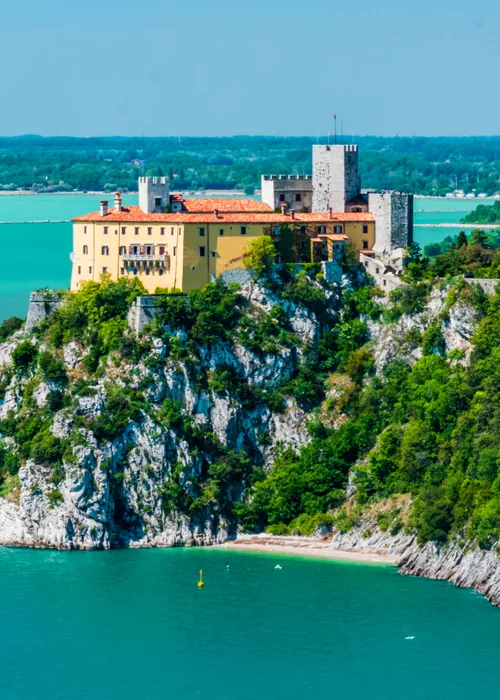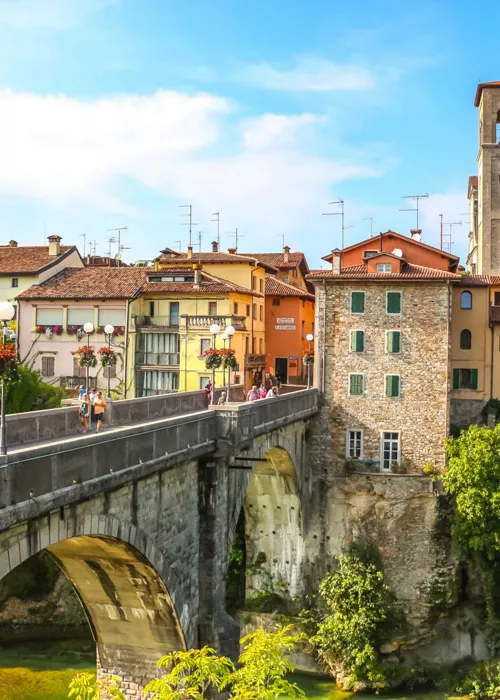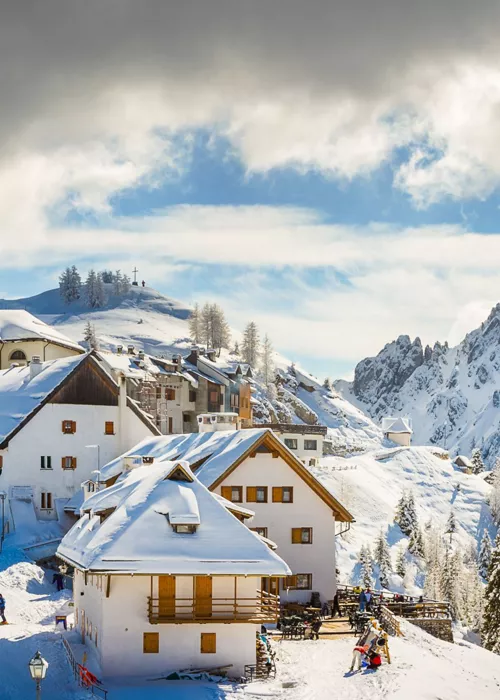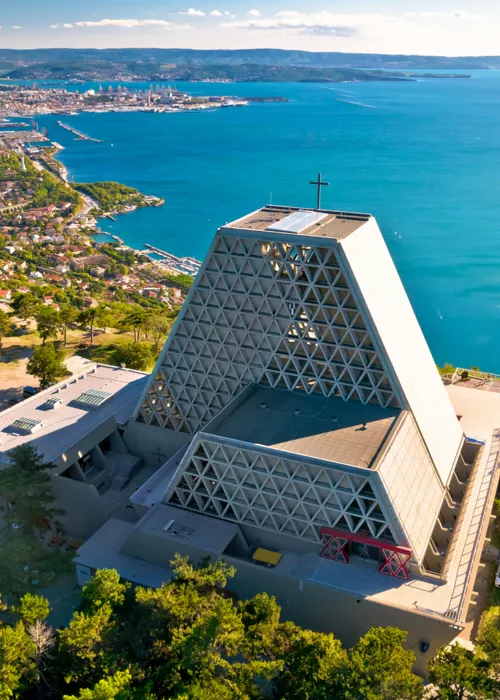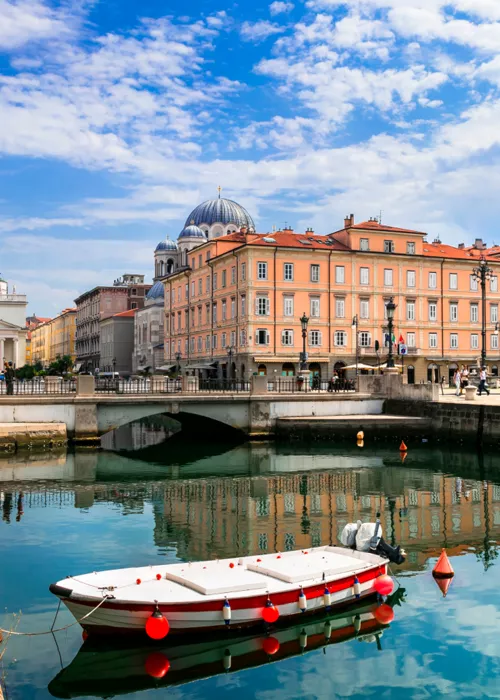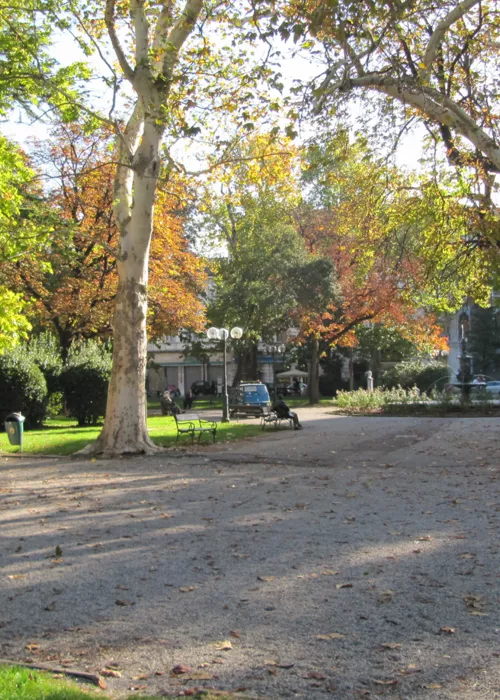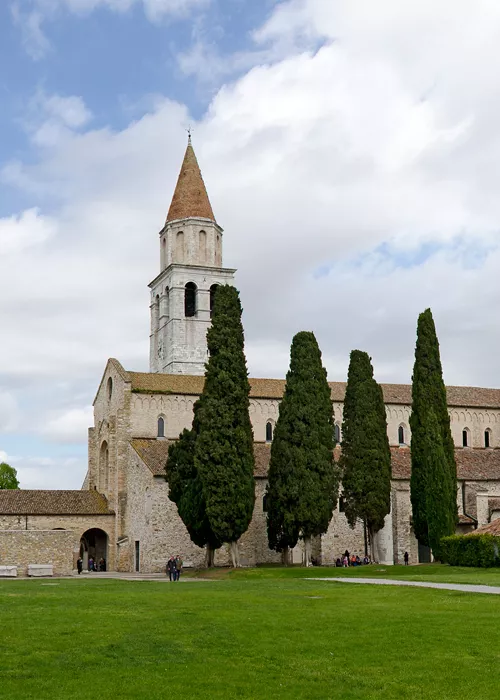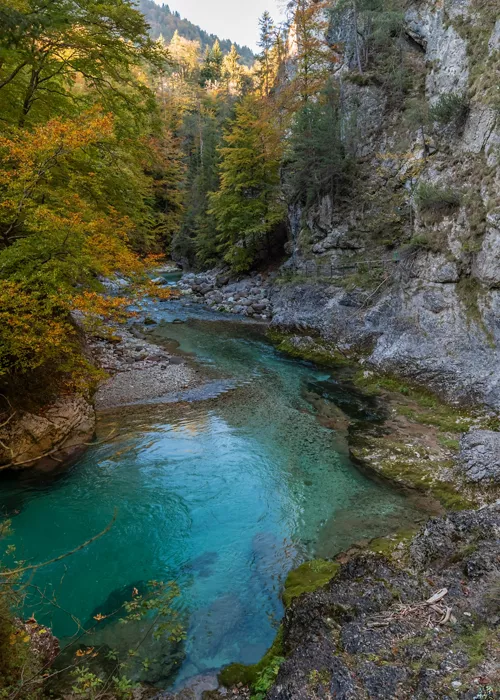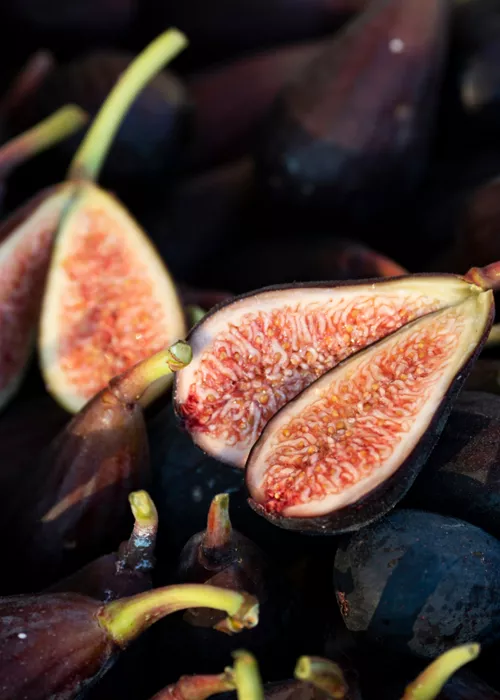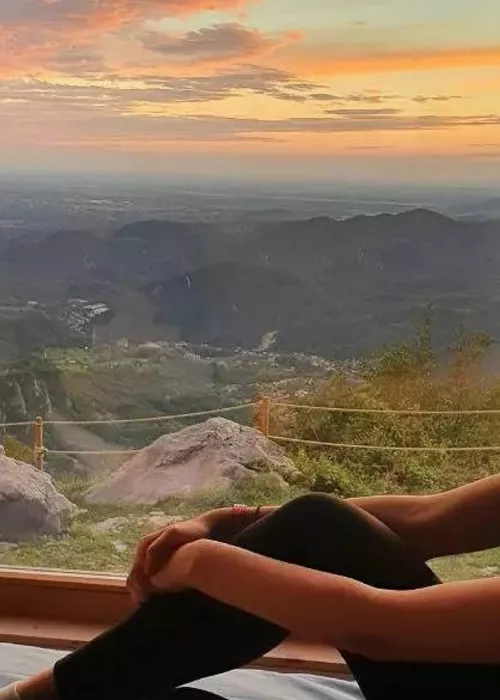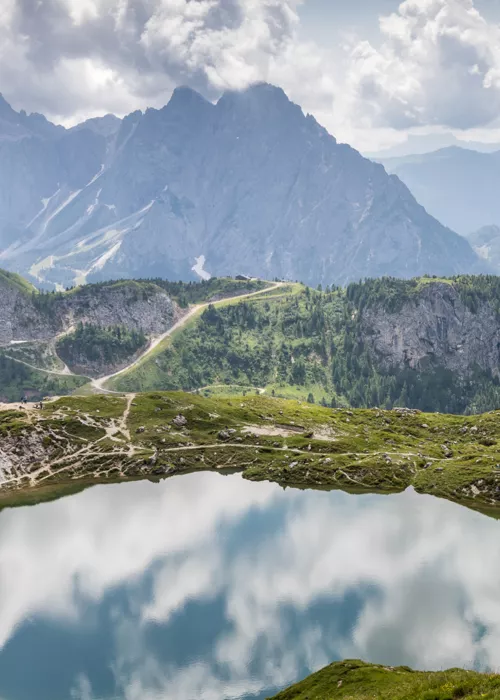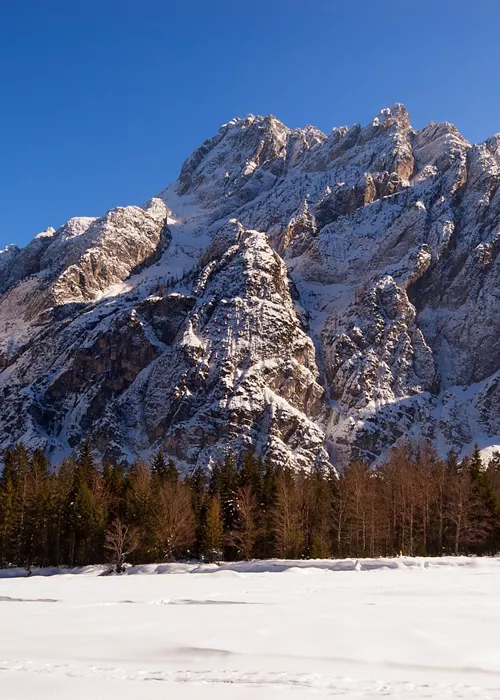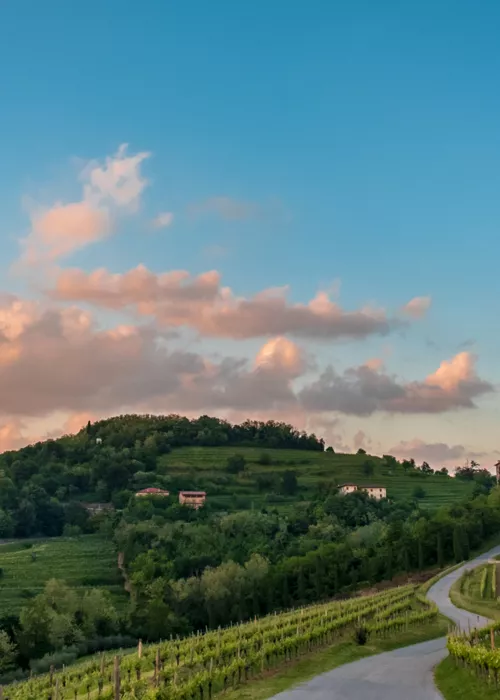Friuli Venezia Giulia: a border region nestled between sea and mountains
5 minutes
Index
Its rich and varied cultural heritage, the result of the contamination between different cultures and people, will seduce you, as will the endless proposals for relaxation, sport and entertainment that will make your holiday unforgettable.
Origins and historical background on Friuli Venezia Giulia
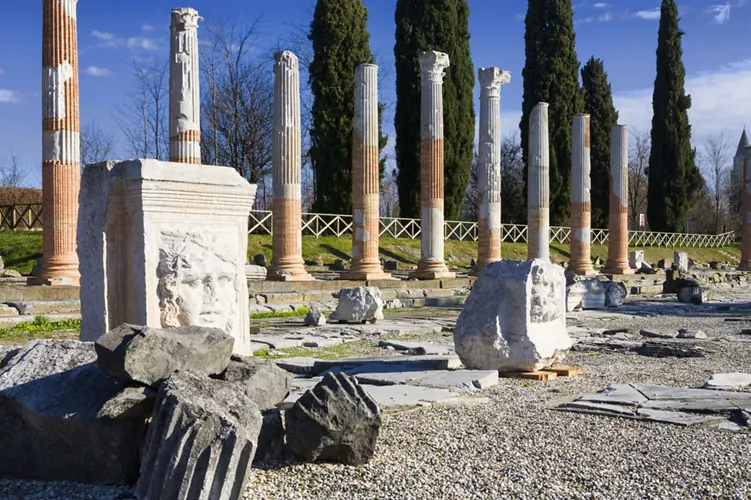
Those who left their mark on the history of Friuli Venezia Giulia, a territory located in a natural transition zone, were the Veneti, the Euganeans and the Gallo-Celti. The Bronze civilisation brought to the region the spread of castellari, fortified villages perched on high ground in which the villagers engaged in animal husbandry.
The name Friuli is of Roman origin and derives from the city of Forum Iulii, today Cividale del Friuli: founded by Julius Caesar after the destruction of Aquileia at the hands of the Huns, it became capital of Regio X Venetia et Histria, a region into which Italy was divided. The passage of the Roman Empire is also evidenced by the Via Julia Augusta, an important road that connected Aquileia with Noricum, which was redeveloped for the first time in the time of Julius Caesar.
Aquileia was a flourishing Roman port city, founded as a colony and later becoming the capital of Regio X. A Christian community with strong ties to the patriarchal Church of Alexandria thrived here and the city also attracted St Ambrose in 318.
An important historical reality, the Patriarchate of Aquileia, created as an ecclesiastical principality of the Holy Roman Empire, was one of the largest dioceses throughout the European Middle Ages.
Main towns in Friuli Venezia Giulia
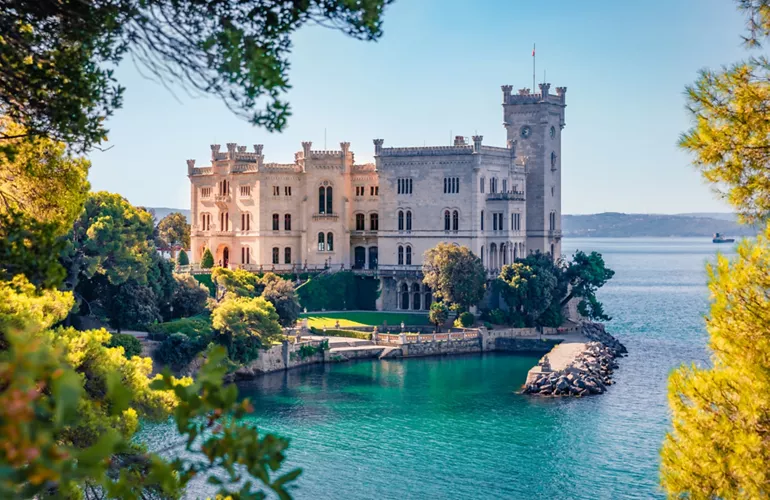
If you are on holiday in Friuli Venezia Giulia, don't miss Trieste, a seaside city of poignant beauty, modern and ancient at the same time, for anything in the world. A pearl overlooking the Upper Adriatic Sea, in the gulf of the same name, it still shows signs of its Roman origins: its port, declared a free port in 1719 by Charles VI of Habsburg, Emperor of the Holy Roman Empire, is now the first in Italy for cargo traffic, with an increasingly important passenger terminal due to the reduction in the passage of large ships to Venice.
Visit Miramare Castle, built as a residence for Archduke Ferdinand Maximilian of Habsburg and his wife Charlotte of Belgium: its vast park is filled with rare plants, sculptures and ponds. Then the majestic Piazza Unità d'Italia, which has hosted crowned heads, sailors, merchants and men of letters from all eras.
Some 70 kilometres inland, there is Udine, Trieste's rival to which it is historically linked by a love-hate relationship. Little Venice on the mainland, as it is called thanks to its architectural harmony and artistic heritage, is equally unmissable: take a stroll around Piazza della Libertà with its loggias and arcades, arched windows with two and three lights; move on to the Loggia del Lionello, a landmark palace of ancient and extravagant origins; spend some time visiting the Castle of Udine, which houses rich museums.
Then there is Pordenone, The Painted City, because of the frescoed palaces that make the historic centre precious. Dynamic and creative, it is home to major international artistic, musical and literary events.
Aquileia is considered one of the most important archaeological sites in northern Italy, so important that since 1998 the early Christian ruins of Aquileia have been recognised as a UNESCO World Heritage Site.
Finally, Gorizia, a small and pleasant city whose Habsburg past is evident in the palaces and gardens that enrich it. A wonderful symbol of the troubled history of 20th century Europe.
What to see in Friuli Venezia Giulia: 6 unmissable stops
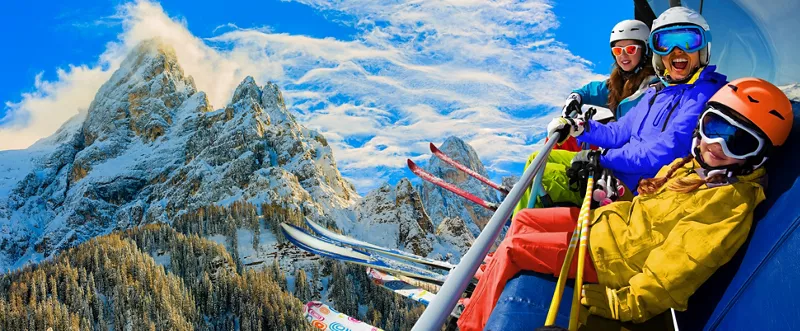
Between seas, mountains and breathtaking natural beauty, it is best to plan a route that allows you to capture the richness of Friuli Venezia Giulia's landscape.
Start with the Friulian Dolomites and specifically Piancavallo, an ideal destination for sports enthusiasts: it is a plateau to the north of Pordenone with modern ski facilities for downhill and cross-country skiing, as well as fun trails for trekking and mountain biking, several climbing walls, an ice stadium, football pitches, tennis courts, bowling greens and a miniature golf course.
Plan a trip to the Fusine Lakes: it will be unforgettable. Of glacial origin, the lakes lie in a verdant basin surrounded by a dense spruce forest that is home to many animal species and superb vegetation that changes colour according to the season.
From open-air to underground beauty: visit the Grotta Gigante, a majestic karstic cave consisting of an enormous cavity into which you can descend to a depth of 100 metres.
If you are an experienced cyclist, don't miss out on a ride on Monte Zoncolan, the Kaiser because of its gradient of almost 20 per cent. Also worth a visit is Duino Castle, built in the 14th century on the ruins of a Roman outpost that majestically dominates the Gulf of Trieste and houses important art masterpieces and historical relics.
Finally, put a trip to the Lombard Temple in Cividale on the list, an extraordinary testimony to early medieval architecture. Built in the second half of the 8th century as a chapel of the Benedictine women's monastery of Santa Maria in Valle, it is enriched with frescoes by Byzantine craftsmen and stucco decorations, including the archivolt adorned with a vine shoot with bunches of grapes surmounted by six female figures in stucco.
The unusual places of Friuli Venezia Giulia: 2 destinations for the curious
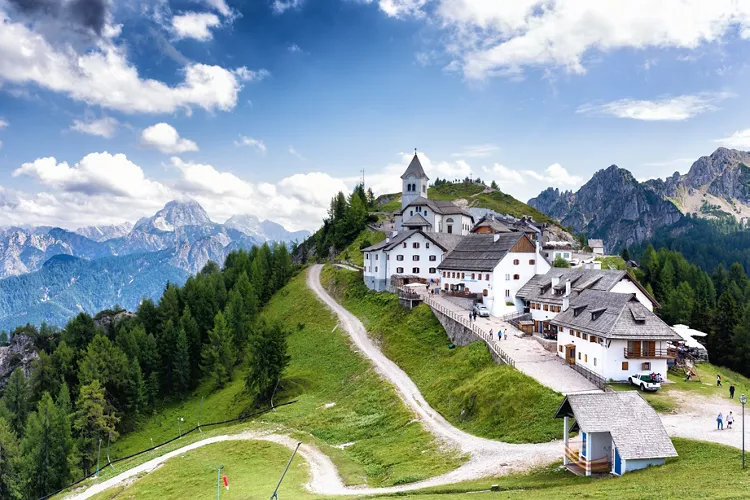
If you love places far from the tourist destinations, take a walk along the Sentiero Rilke, a path overlooking the sea that connects Sistiana to Duino and is considered one of the most evocative in the area.
Or visit Torviscosa, a factory town built in the 1930s with the characteristics of the regime architecture of the fascist period.
The typical products of Friuli Venezia Giulia: 4 specialities to try
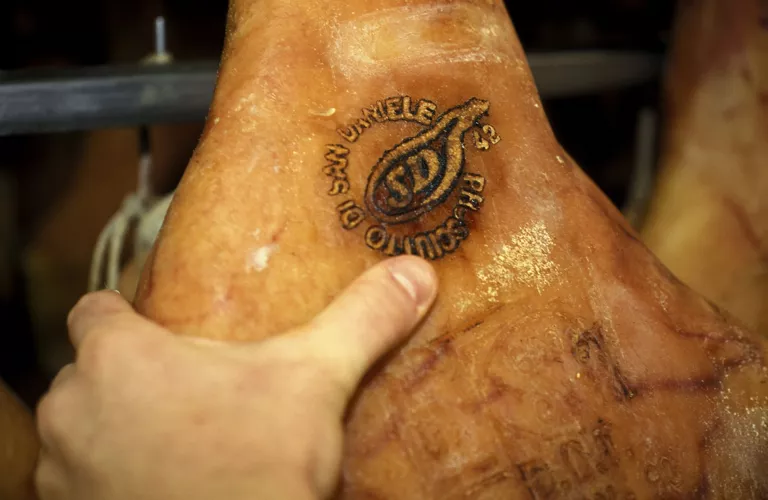
When the time comes to sit down at the table or to treat yourself to a snack between destinations, let yourself be seduced by the San Daniele ham, delicate and sweet, made from fresh pork legs weighing at least 12 kilos and matured for no less than 13 months, then dry-salted with sea salt, pressed and cured.
Then try the montasio DOP cheese, named after the plateau of the same name where it is produced from cow's milk and matured for a minimum of 60 days. If, on the other hand, you are vegan, or simply super-healthy, treat yourself to a salad of Gorizia rose, a delicately rose-shaped radicchio with a sweet flavour that you will hardly find anywhere else.
In any case, accompany it with a glass of Tocai friulanothe king of whites produced in the region: structured, fragrant and fruity, savoury and low in acidity.
Events in Friuli Venezia Giulia: 2 occasions not to be missed
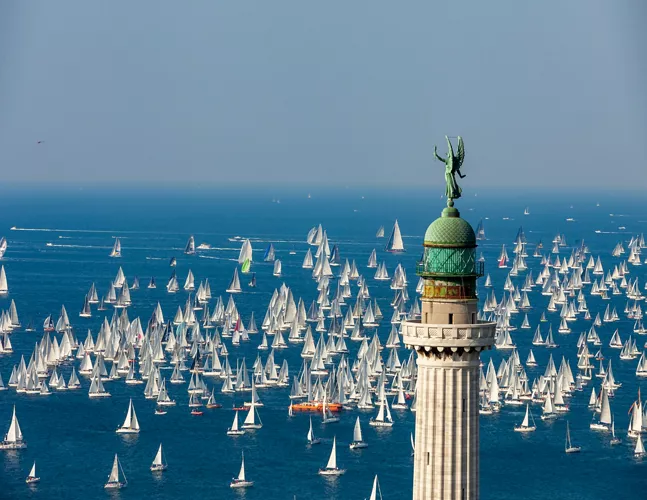
Planning a holiday in conjunction with special events in the area is always a good idea.
So mark your diary for the Barcolana in Trieste, a historic international sailing regatta held every year on the second Sunday in October in the Gulf of Trieste.
But also the feast of St Nicholas on 5 December in Tarvisio, when the Krampus, demonic beings, parade along the streets of the city in search of naughty children!

